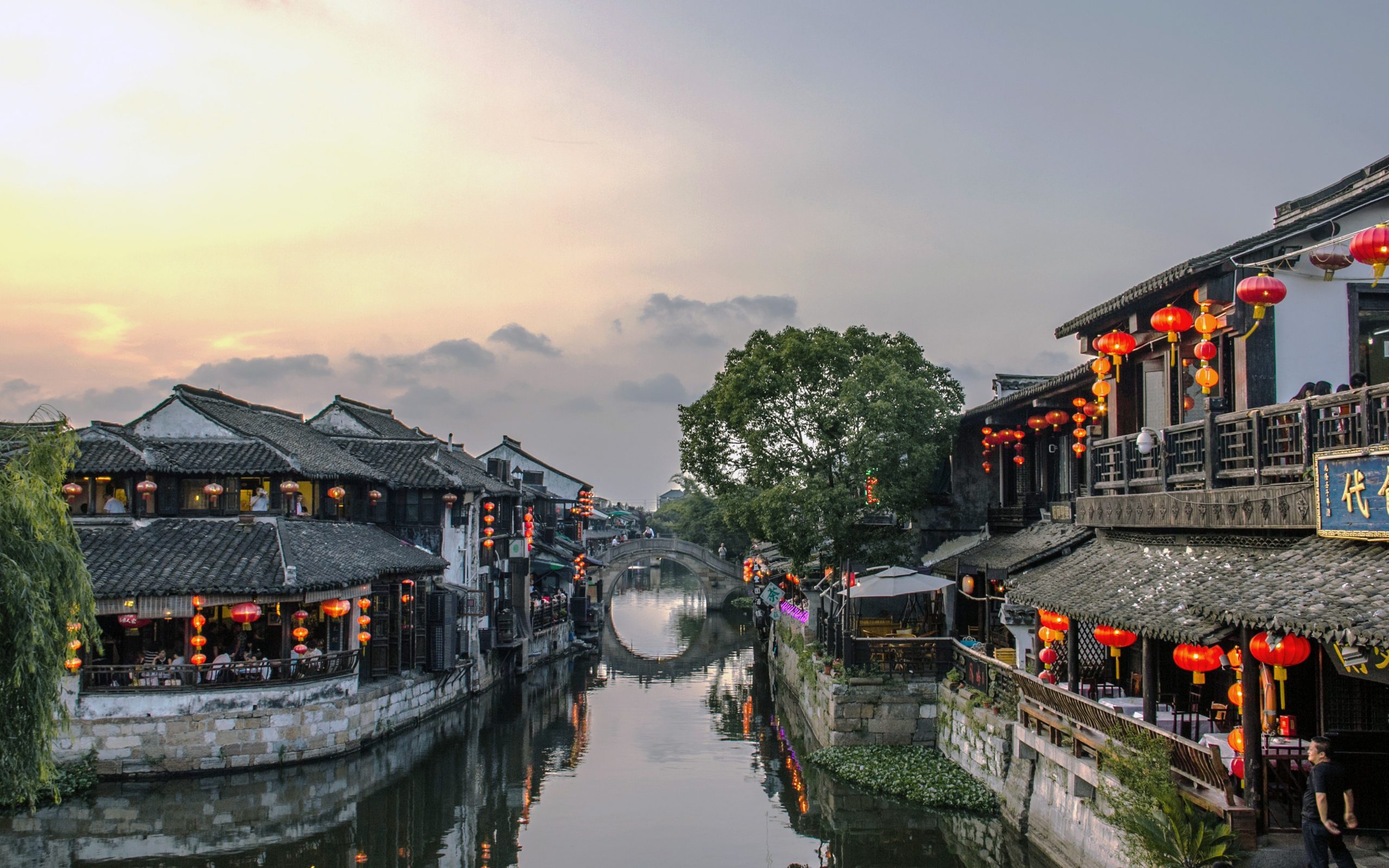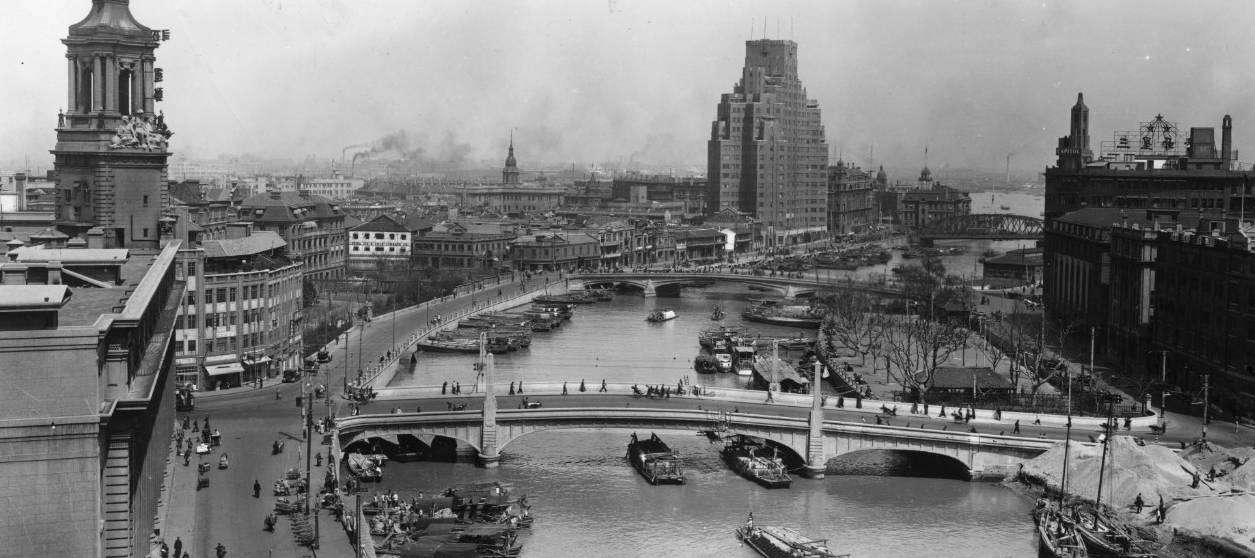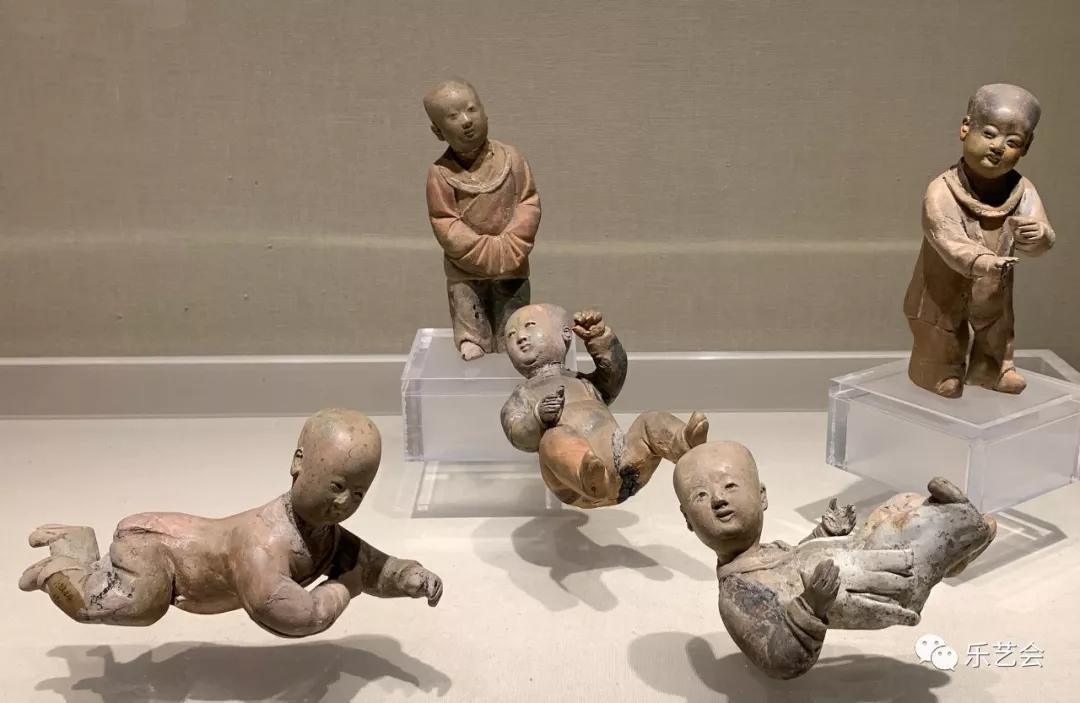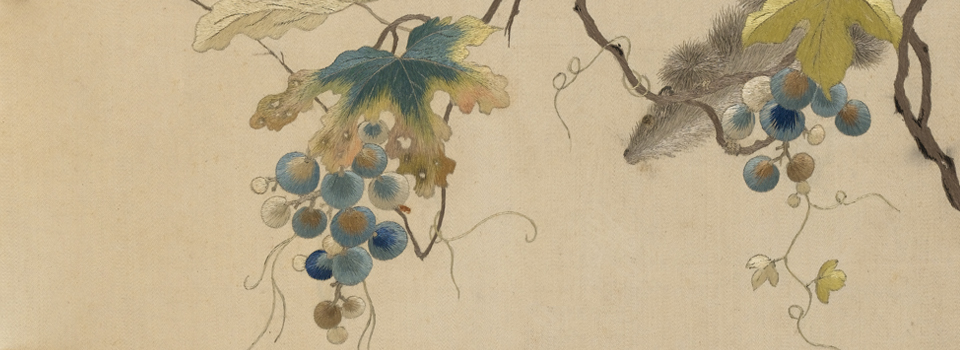Gu Xiu – Ming Dynasty Artist
There are several reasons why hosting exhibitions is an integral part of a museum’s annual lifecycle. For the curators, an exhibition is a way of sharing information gleaned from the artefacts they have dedicated time to collecting and researching. In spreading their knowledge out into the community, people who would otherwise not have the opportunity to see or understand the significance of the objects, can learn from those who do.
Another significant reason for hosting an exhibition is to foster municipal and regional pride. This was the clear rationale behind the Shanghai Museum’s “Spring blowing in the wind” exhibition in the summer of 2020. Yang Zhigang, Director of The Shanghai Museum, explains in the exhibition brochure: “it has become our all-important mission to leverage our rich collection to host Jiangnan-themed shows, which may help to implement the municipal and national strategies”. In line with central government’s three-year action plan to specifically promote and develop the region, this exhibition served to showcase key Jiangnan attributes. But how many of us fully understand what is meant by “Jiangnan”?
“Jiangnan” is a word which refers to the region south of the Yangtze Delta, and translates literally as “south of the river”. The region boasts fertile soil, a warm climate, and a myriad of waterways. Hence the Chinese referring to this region as a “land of fish and rice” (鱼米之乡 yú-mĭ zhī xiāng). Cosmopolitan Shanghai has in fairly recent times been hailed as the flagship of the region, but historically speaking the heart of Jiangnan has its cultural origins in nearby Hangzhou, Nanjing and Suzhou.

Scenic landscapes aside, the identity of Jiangnan goes far beyond the soil and into the soul. People from this region are to be celebrated for their intellectual prowess and broad-mindedness. Between 25th May and 23rd August 2020, Shanghai Museum’s “Spring blowing in the wind” exhibition showcased all aspects of the Jiangnan identity, from the down-to-earth tolerance and valour of the people to their elegant, free-thinking intellectual lifestyles. Presented in five chapters, the exhibition presented the heritage of the Jiangnan region spanning thousands of years.
If you have already read our article about Heighten’s involvement, mid-pandemic, with the “Buddhist Treasures” exhibition, you will know that the logistics behind any exhibition can be extremely challenging. At the worst of times, it tests our resolve to its limits. Although Shanghai Museum was able to open its doors to the public in the summer of 2020, the threat of the virus was by no means over and protocols were in place to ensure the working conditions on the Jiangnan project were Covid-safe. This entailed wearing masks and keeping to safe working distances.
The preparations for the Jiangnan exhibition started as long ago as 2018 and involved every department at the Shanghai Museum, not to mention the scholars from other institutions who were consulted for their expertise too. New merchandise was produced for the Shanghai Museum to sell alongside the exhibition, to commemorate the rich array of renowned skills in Jiangnan. A huge amount of work took place behind the scenes to pull all the threads together for this project.
In terms of logistics, the Jiangnan exhibition required Heighten to collect 197 artefacts from a number of leading museums and institutions in the region, and further afield. This involved multiple Heighten teams working concurrently around China. Museums contributing to the exhibition were: Anhui, Hangzhou Cultural Relics Archaeological Research Institute, Hunan, Huzhou, Huaibei, Jinshan, Liaoning, Nanjing, Museum of Zhu Ran Family Tombs in Ma’an Shan, Zhenang, Zhenjiang, West Hongshan National Archaeological Site, Suzhou, and the Lu Xun Memorial Museum in Shanghai. Some items due to be supplied by the Palace Museum and the Capital Museum in Beijing were eventually excluded from the exhibition, when it became clear that tight Covid restrictions would make the collection of artefacts impossible.
There were some particular transport restrictions in place which made the transportation of the artefacts quite challenging for Heighten. There was no access permitted for trucks in city centres between 6 am and 11 pm; in the case of Hangzhou Archaeological Research Centre, only local Hangzhou number plates were permitted entry. In addition, trucks couldn’t drive overnight, and those loaded with precious artefacts needed somewhere secure to park until daylight hours returned. Heighten managed to organise all the collections along five main routes, and most collections took place during one week.
Perhaps the most unwieldy challenge facing this project was the synchronisation of manpower. Protocol required a Shanghai Museum representative to accompany Heighten’s teams on each trip to the lending museums, to oversee the handover and complete condition reports. Those visits all had to be co-ordinated carefully in accord with the representative’s own schedule. Once at Shanghai Museum, it took two days to unpack and install all the objects in the exhibition space, with representatives from most of the lender museums on site to oversee the progress alongside their Shanghai Museum counterparts. The safety of the artefacts during installation was paramount in everyone’s minds, but keeping everyone Covid-safe with so many people operating within the exhibition space was also a concern; in addition to the curators and experts handling the artefacts there were lighting technicians, members of the design team, museum directors, assistants in charge of moving display cabinets, display technicians, and TV crew.
Having had involvement with the preparation, and being directly responsible for the safe arrival of the artefacts on display at the “Spring blowing in the wind” exhibition, it was a real perk of the job to walk around as a visitor and see the project from the viewpoint of a Jiangnan resident. The exhibition was presented in five “Chapters”, each alluding to particular human characteristics of the Jiangnan identity:
Chapter one: A cradle of valiant and intelligent;
Chapter two: A life of decorum and freedom;
Chapter three: Moral integrity and worldly success;
Chapter four: A pastime of grace;
Chapter five: An age of new achievements.
This exhibition was less about the geography, more about the people. Chapter one charted the progress of the Jiangnan region from Neolithic times, and presented archaeological finds dating from Songze through to Liangzhu. By the end of the Shang Dynasty, Jiangnan people had fully developed their skills in stamped pottery, and had even starting to produce primitive porcelain. In 317 CE the Jin Dynasty moved its seat of government to the region and brought with it an influence of gentility and scholarship. This chapter showed the transition of the Jiangnan region from a warrior society into one that prized intellectual achievement.
In Chapter 2 we were shown the wealth of the Jiangnan increasing, enabling its citizens to worry less about putting food on the table and focus more on decorum and etiquette. Jade was given as offerings, porcelain objects were used for burials, decorated bronze was prized as a symbol of status, and the “Three Gold Items” were given as betrothal gifts. The dynastic succession from Western to Eastern Jin led to a migration of Wang and Xie clans to the area. Their relaxed, free-thinking demeanour, coupled with the rising influence of Buddhism and Daoism, saw the Jiangnan region develop its characteristic lifestyle devoted to tea drinking, philosophising and writing poetry.
Chapter 3 charted the story of the Jiangnan intellectuals, who often had to abandon a wealthy life to remain true to their democratic ideals. Thanks to their unwillingness to succumb to the trappings of life as government officials, their literary works fusing “knowledge with action” enable us to appreciate the moral integrity of Jiangnan thought today.
Chapter 4 shed light on the leisure pursuits of the Jiangnan scholar. Collecting books, playing music and chess were popular. Tea drinking was an art in itself, and alcohol was deemed an integral part of scholarly life to liberate the mind from mundane life and encourage higher thinking. Already well-schooled in calligraphy and painting, Jiangnan scholars used their natural creativity in other more surprising ways; their skills in landscape design, making furniture or clothes, and cutting seals are showcased in this chapter too. In fact, the Jiangnan scholar played a pivotal role in the evolution of Chinese aesthetics.
Chapter 5 delved into the distinctive Jiangnan character of inclusivity and magnanimity, due in part to the assimilation of cultures (Chu, Qi, Lu and the Cathayan Civilisation of the Central Plains) that took place between the 3rd and 10th centuries, and in part to the Grand Canal linking trade along five water systems (Yangtze, Huai, Yellow, Hai and Qiantang). The Silk Road too played its part by connecting China with the West, so by the end of the 17th century Shanghai had become an important trading metropolis. Industry and commerce flourished. As the port opened up at the end of the 19th century, Shanghai reached its pinnacle of mercantile success.

One of the stand-out exhibits in the “Spring blowing in the wind” exhibition was a long scroll painting rolling out to just over 1.2 metres. The painting’s title 姑苏繁华图 (gū sū fán huá tú) translates roughly as “Gu Su bustling map”, but it has also been translated with more finesse as “Prosperous Suzhou”. The landscape painting depicts the bustling daily existence of Suzhou residents in the flourishing Qing Dynasty. The painter, Xu Yang, created this masterpiece in 1759. He was one of Emperor Qianlong’s leading artists, having been recruited as a court painter in 1751. This exquisitely detailed painting of Suzhou displays all the hallmarks of traditional Chinese painting in the “gōngbĭ” style, but shows the influence of Western perspective too.

A charming exhibit reminding us that Jiangnan citizens were children too, was a group of terracotta “toys”. These five figurines ranging from 13 to 19 cm in height were transported by Heighten from Zhenjiang Museum in Jiangsu province. Some of the objects on loan to Shanghai for the “Spring blowing in the wind” exhibition had their own purpose-made packaging. In this instance there was none, and boxes were found to place these figurines in safely for transportation.

All the exhibits on display gave an insight into what life might have been like as a “Jiangnaner” from the earliest of times to the turn of the 20th century, enabling those of us living in Jiangnan today to connect more readily with the identity of the region.
Of course, Jiangnan identity also applies to cuisine. Food is as much part of any region’s cultural heritage as anything else. Shanghai Museum’s “Spring blowing in the wind” exhibition did not dwell on this aspect of Jiangnan life, but we can recommend a cookbook written by author Fuchsia Dunlop which devotes a very comprehensive preface to the history of Jiangnan cuisine (details below).
The “Spring blowing in the wind” exhibition was a rewarding project to be involved with, both in terms of the logistical challenges it provided and in terms of the end result; congratulations go to the team at Shanghai Museum for staging such a superb exhibition promoting the identity of Jiangnan.
RECOMMENDED FURTHER READING ON JIANGNAN:
Dunlop, Fuchsia: Land of Fish and Rice (Bloomsbury Press, first published 2016)


Recent Comments